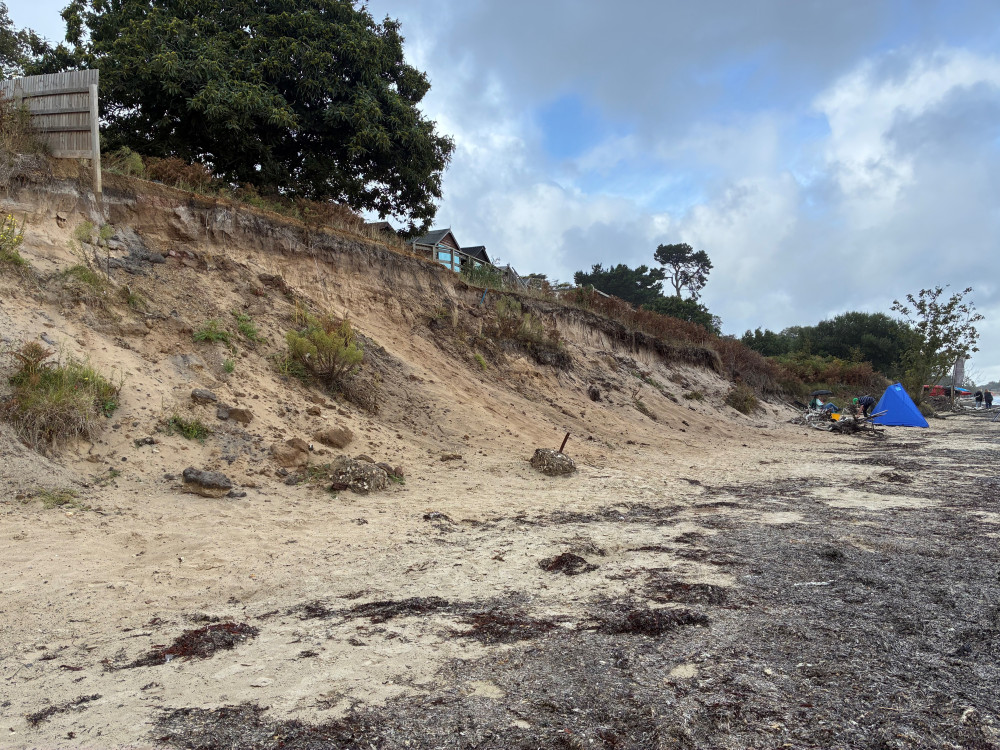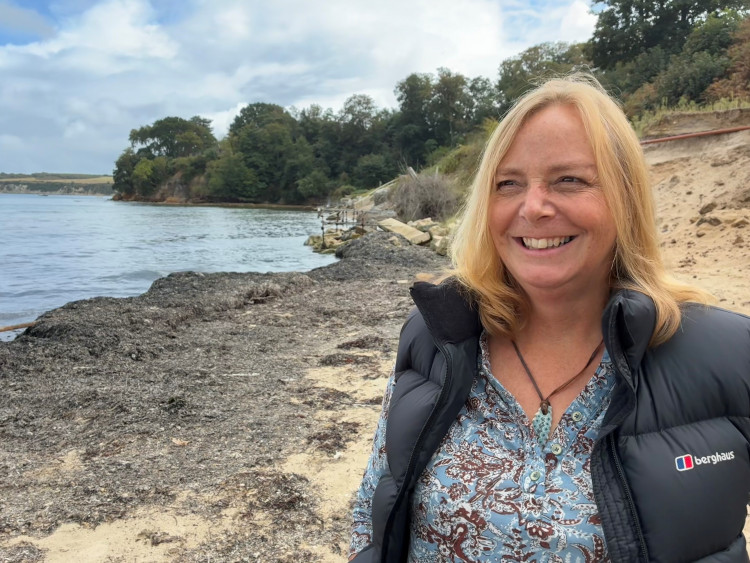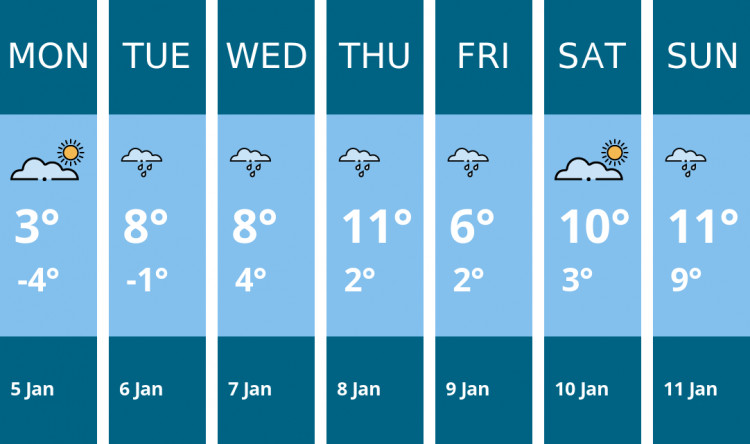New future planned for blighted beach
By Trevor Bevins - Local Democracy Reporter 7th Sep 2025
By Trevor Bevins - Local Democracy Reporter 7th Sep 2025



WORK is about to start removing ageing sea defences from a Dorset beach to allow nature to dictate its future.
Stone and concrete defences and metal cages, originally filled with rocks, will be taken away while the beach is closed to the public.
The National Trust say the work, starting on Monday (8 September), is the final phase of a five-year project which will allow the area to realign into a natural sandy cove with improved habitat for wildlife.
Sand lizards and slow worms have already been moved from the area by licensed ecologists in anticipation of the start of the work, which is likely to last until the end of October.
Throughout the project the car park will remain open along with the café and other small businesses.
When the public will allowed to return to the beach will depend on the changes which will take place, but it could be a year before it its safe.
The Trust say the work is a direct response to the effects of coastal erosion, accelerated by climate change, which has seen cliffs fall by up to four metres in a single night.
Tracey Churcher, General Manager for the National Trust in Purbeck, said: "Removing the broken and now toppling, gabion sea defences – wire baskets filled with stones – is the last stage in a long process. The gabions are no longer effective against the rising tides, and they are also collapsing and pose a risk to the public.

"Rather than fighting the inevitable effects of coastal change, we agree with the local Shoreline Management Plan for Studland which recommends the removal of failing sea defences, leading towards a more natural shoreline. As well as the gabions, it involves removing the concrete slipway. Taking out these defences won't pose any threat to dwellings or other permanent buildings."
She says that modelling suggests the area will return initially to being a sandy cove, very much as many long-standing Studland residents remember it, when it was thought of as the local's beach, but in the longer term is quite likely to become a rocky shore.
Sand from the beach is expected to follow the natural drift down to Knoll Beach and then Shell Bay.
National Trust Coast & Marine Adviser, Sarah Coggins added: "Holding the cliff in place with a hard structure like gabion baskets means that the shoreline is not naturally aligned with the coast. When waves hit the gabions, they bounce off and cause erosion of the sand in front of the defences. Over time, this has caused the beach to be submerged by the tide most of the time making it inaccessible.
"Removing the artificial structures will allow the beach to replenish itself using sandy material from the cliff…
"The effects might look extreme at first, but projections show that over the next 20 years or so the cliff will realign to become a gentler slope. This will help make the coastline more resilient to the impacts of climate change, offering more protection to the relocated facilities in the car park."
The Trust believes that removing the sea defences will also enhance the habitat for wildlife. The increased areas of open sand will benefit insects and reptiles, including rare sand lizards and smooth snakes. Bracken and sycamore saplings nearby will also be removed as part of wider works to extend the sand dunes habitat.
Ms Churcher concluded: "We realise the work may cause temporary inconvenience for visitors, but it's a vital investment in securing the future enjoyment of Middle Beach, preserving our natural heritage for everyone, forever."
CHECK OUT OUR Jobs Section HERE!
dorchester vacancies updated hourly!
Click here to see more: dorchester jobs
Share:






